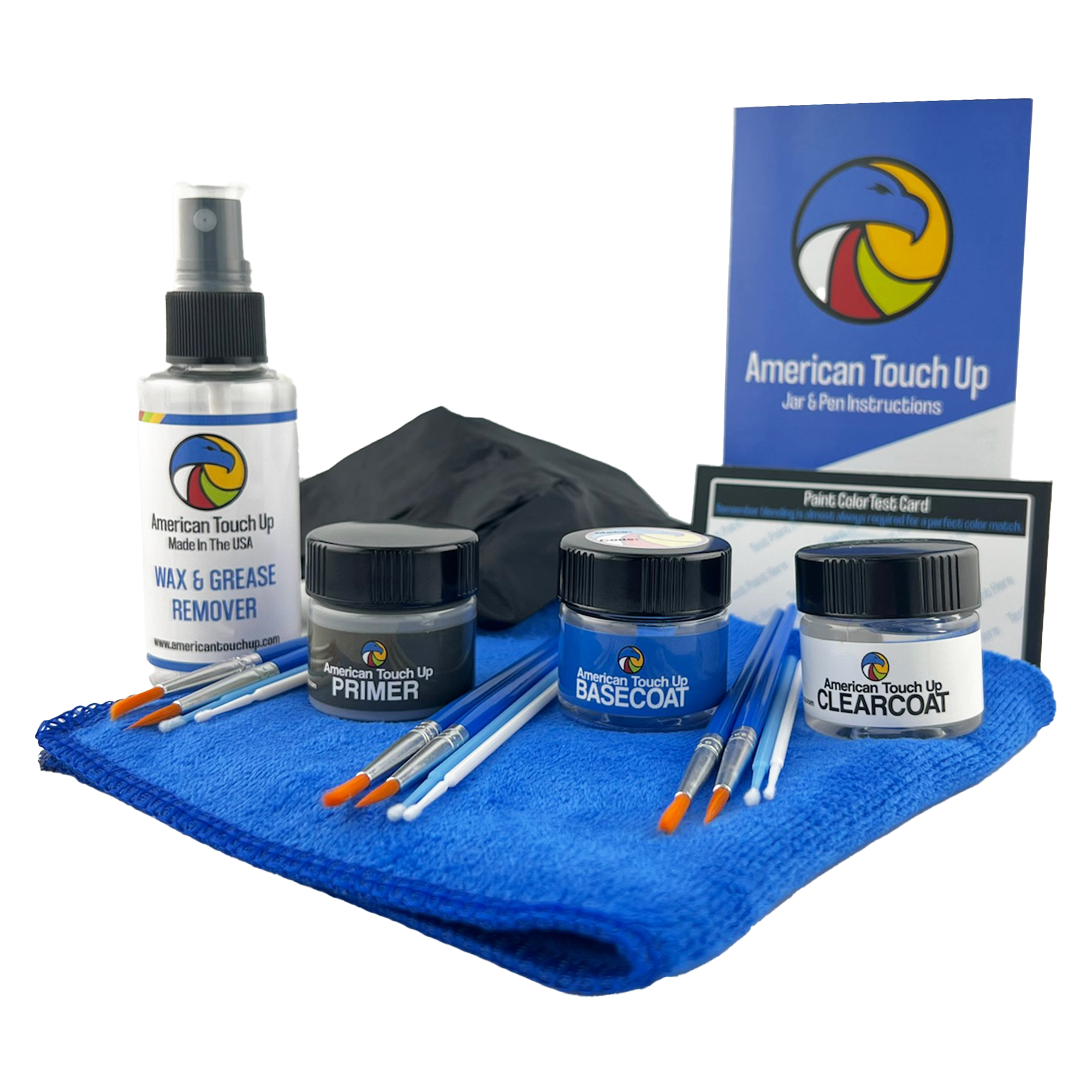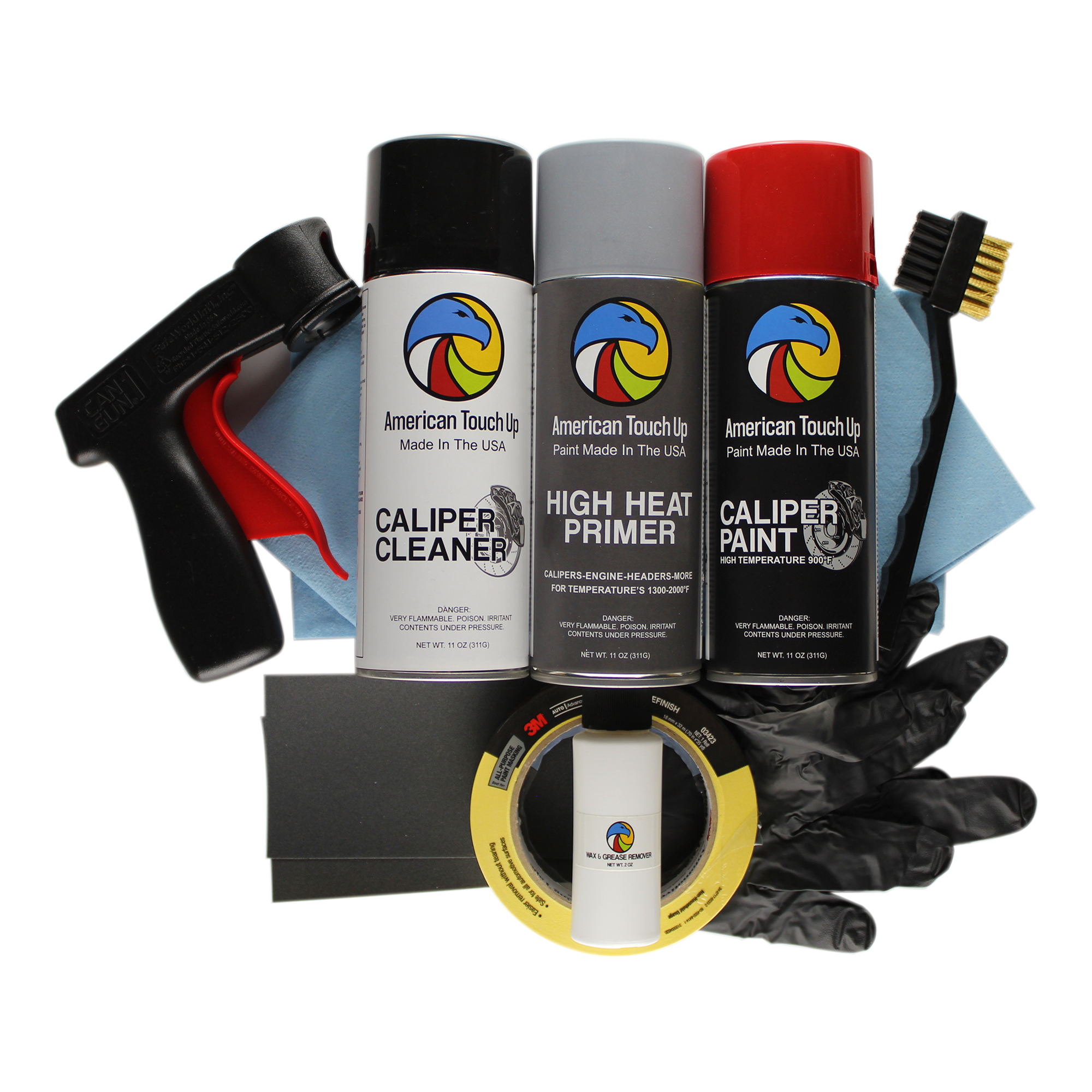Wet sanding and dry sanding are two techniques used in automotive painting to prepare the surface for painting or to correct imperfections in the painted surface. Wet sanding involves using a wet sandpaper with water to sand the surface, while dry sanding involves using dry sandpaper.
Generally, wet sanding is used for finer grits (1000-3000 grit) and is often used to remove imperfections in the paint finish or to smooth out orange peel. Wet sanding is also effective at removing dirt, dust, and debris that may have become embedded in the paint. It is important to note that wet sanding can be messy and requires more time and effort than dry sanding.
Dry sanding is typically used for coarser grits (up to 600 grit) and is often used to remove paint, rust, or other imperfections from the surface. Dry sanding is also used to shape or smooth out body filler or primer.
When determining which sanding method to use, it is important to consider the condition of the surface and the intended outcome. For example, if the goal is to remove a significant amount of material or correct major imperfections, dry sanding may be the best option. If the goal is to achieve a smooth finish with minimal surface imperfections, wet sanding may be the better choice.
In terms of grits, the specific grits used will vary depending on the condition of the surface and the desired outcome. For dry sanding, coarser grits (up to 600 grit) are typically used for initial shaping and removing material, while finer grits (800-1500 grit) are used for smoothing and preparing the surface for paint. For wet sanding, finer grits (1000-3000 grit) are typically used for achieving a smooth finish.
As for how to tell when the panel is smooth without grooves and ready to spray, it is important to visually inspect the surface and feel it with your hand. Look for any imperfections, bumps, or ridges and run your hand over the surface to ensure it is smooth to the touch. It may also be helpful to shine a light across the surface at a low angle to help identify any imperfections or scratches that may be difficult to see with the naked eye.




